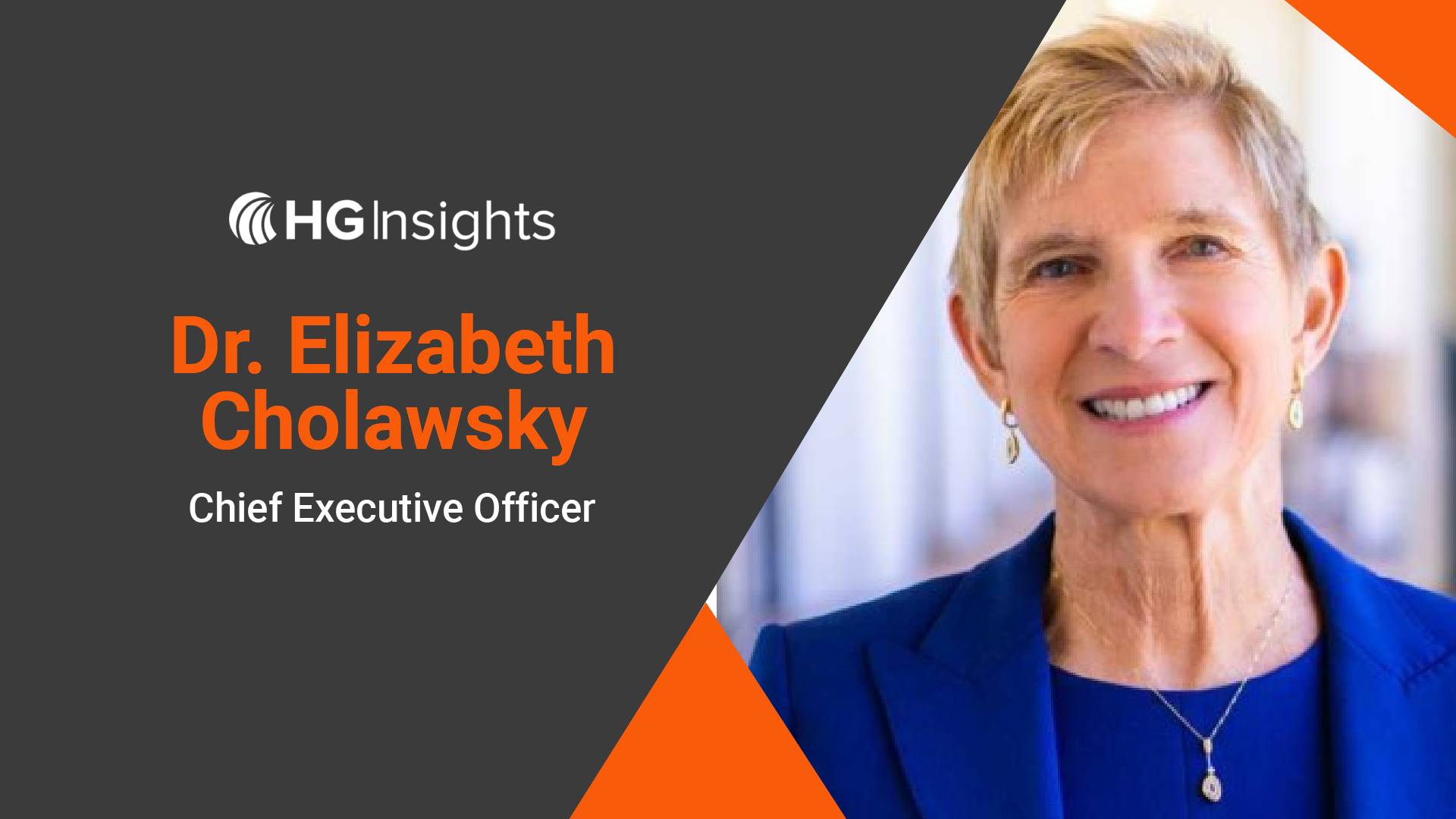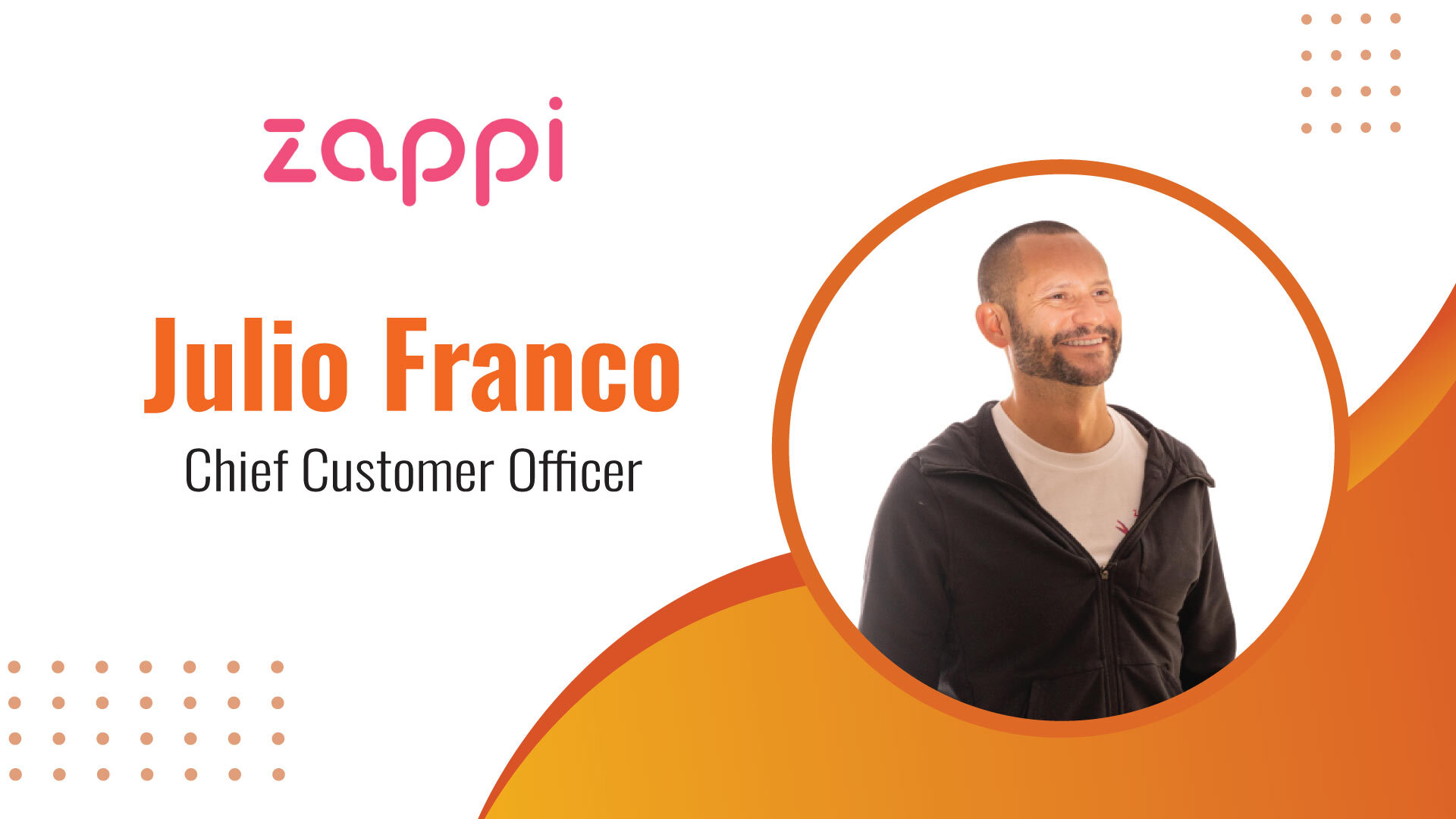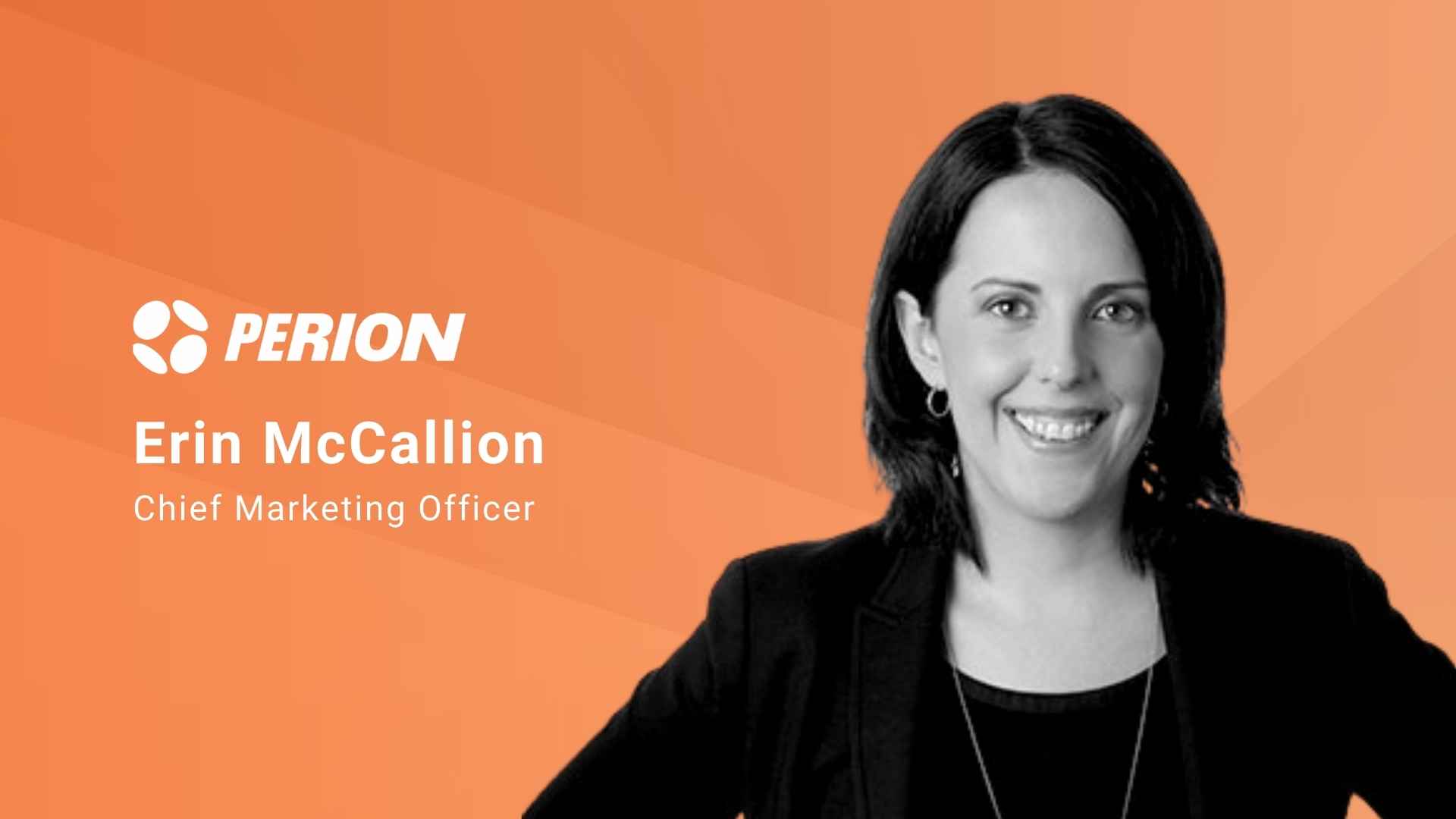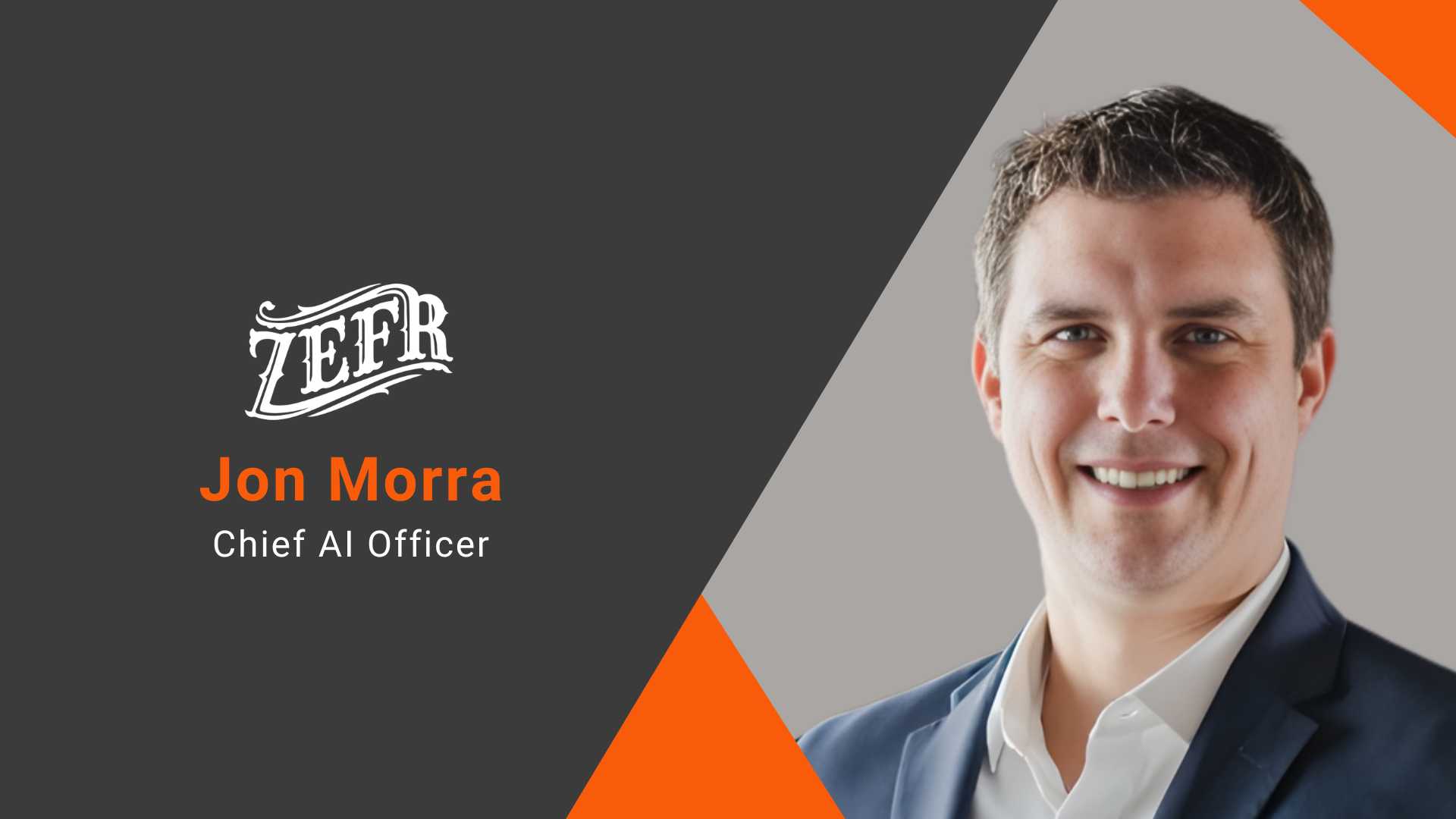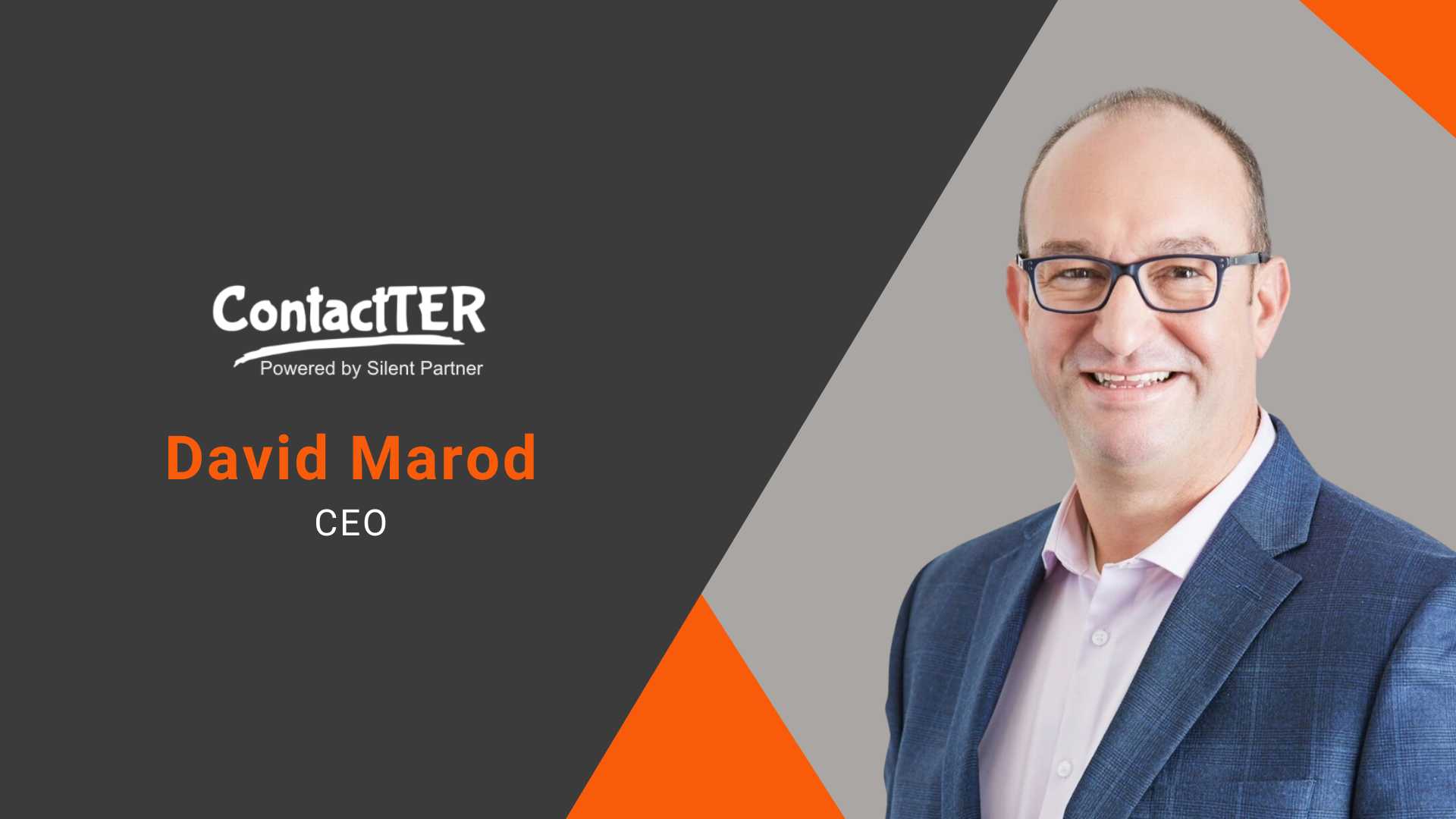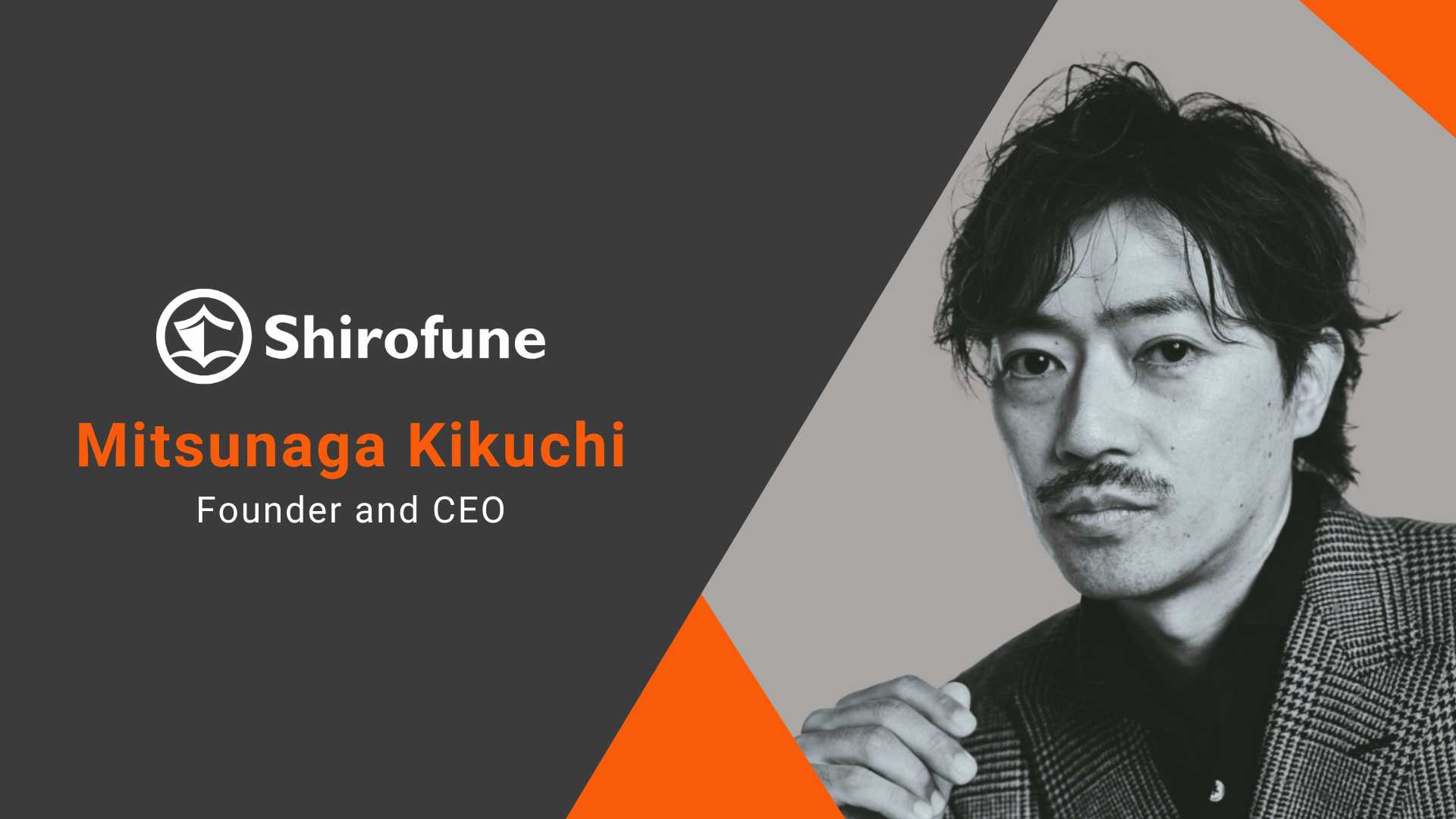
insights
MarTech Edge Interview with Dr. Elizabeth Cholawsky, Chief Executive Officer, HG Insights
insights 25 Apr 2024
Firstly, congratulations on being presented with the ‘Executive of the Year 2023’ award. What does it take to reach this exclusive spot?
In my career, ambition and perseverance were the main drivers. My first career goal was to be the president of the US, but I was told that girls weren’t allowed to be president. So, I decided to be president of a company. My interests quickly led me to analyzing data, specifically using quantitative measures to assess social phenomena. That led me to a career in computer modeling and statistics — a skill set that did lead me to work for the government, though not how I pictured it. I was hired by the CIA as a “quantitative methodologist,” one of the only titles I’ve had I like as much as CEO. The rest is classified. But throughout my career, I have faced many challenges and setbacks. No matter what industry I was working in, what title I held, or the company I was working for, the way I got to where I am today is by pushing myself.
Winston Churchill has some of the best quotes for perseverance — for example: “Never give in — never, never, never, never, in nothing great or small, large or petty, never give in except to convictions of honor and good sense.”
HG Insights has been hailed as the authority in Technology Intelligence; what role does TI play in helping sales and marketing teams improve overall performance?
When you know your market, you can grow your market, finding the opportunities that competitors miss.
HG is the authority because we developed this space. We pioneered Technology Intelligence to give businesses a competitive advantage by telling them the technology applications their prospects are using, how much they are paying competitors for it, whether they are buying more of the application or winding down their investment, and when the licensing period is up for renewal. These insights come together to deliver Technology Intelligence and are the keys to state-of-the-art sales, marketing, and planning. However, there are still many companies yet to discover the power of Technology Intelligence. Several are still making do with technographic, but this is not enough on their own. You need Technology Intelligence to go to market with precision and confidence.
Having all this rich, granular data under the umbrella of Technology Intelligence from HG Insights enables you to make better decisions about which markets and accounts to prioritize, which products to consider developing, where to allocate your limited resources, who to partner with, how to plan your sales territories, all the way down to what messages to send to whom and when.
How do you envision generative AI revolutionizing the way businesses leverage data insights and drive innovation in their respective industries?
Generative AI will have some of the biggest effects of any emerging technology on how we use data-driven insights to be more efficient with fewer resources, something that has benefits in all industries. Here are some of the ways I envision generative AI changing the way businesses leverage data insights that I’m most excited about:
- Personalization - Generative AI can be used to create personalized campaigns and experiences for customers, marketing & sales, and recommending relevant products/solutions. This can help businesses to improve customer satisfaction and retention.
- Product development - Generative AI can be used to develop new products and services, such as by generating ideas for new products or by testing new product concepts with customers. This can help businesses to stay ahead of the competition and meet the needs of their customers.
- Operational efficiency - Generative AI can be used to improve operational efficiency, such as by automating tasks or by optimizing supply chains. This can help businesses to save money and improve their bottom line.
Increasingly our customers are requesting early detection of the introduction of AI in their individual markets — who are adopting AI products, which companies are researching AI solutions, their industries, and their geographies. This is a perfect use case for Technology Intelligence, which speaks directly to these customer inquiries by providing actionable insights to answer these timely questions.
These are use cases that HG already provides solutions for, so in some ways, generative AI will help push forward the innovations HG already brings to customers!
How does HG Insights’ Technology Intelligence assist marketers in identifying their target audience and personalizing their messaging effectively?
With the Technology Intelligence that comes from accurate, quality data, marketers can anticipate the future to predict customer needs and movements in the market and deliver personalized messaging that speaks to the customer’s needs. The fastest-growing global businesses are increasingly turning to Technology Intelligence to plan their GTM strategy, allocate resources, and maximize revenue by cross-referencing insights on technology install, IT spend, cloud consumption, contract, functional area intelligence, and intent signals. All these data points come together to deliver true Technology Intelligence, the most accurate and actionable insights available in today’s market. And with these insights, companies can make the best business decisions. To answer your question, Technology Intelligence helps marketers speak to many, many accounts and prospects by creating relevant campaigns to reach target audiences (TAM, SAM, SOM) and optimize ROI on marketing dollars spent. A great example of this is the HG LinkedIn Connector, which seamlessly integrates Technology Intelligence on your ideal accounts’ with LinkedIn, so you can build audience lists based on their tech install and IT spend, identify and target decision-makers, and get better campaign results every time. Whether it’s competitive displacement campaigns, complementary opportunities, or just reaching the right audience at the right time, Technology Intelligence assists contemporary marketers every day.
Can you share a success story or case study where HG Insights’ Technology Intelligence helped marketers achieve significant results in terms of lead generation or customer acquisition?
We let our customers do the talking for us! A global technology vendor recently told G2, “HG is not just a data provider, but with their high-quality staff, they added a level of service that is unparalleled. They helped us ideate and execute on our data-driven insights. They understand our business and our challenges, and the speed of delivery is excellent.” Another significant operator in the information technology space said, “The customer success team at HG are truly great partners helping to drive feature requests, be it more data or more functionality. I don’t find any downsides to using the HG solution.”
We’ve also delivered tremendous upside to Five9, a major Call & Contact Center As A Service (CCaaS) provider. Our Technology Intelligence drove a 25% increase in target accounts added and a 16% increase in existing opportunities’ engagement. We also gave our valued customer, commercetools, over 150% boost in best-fit accounts Identified in the Serviceable Addressable Market (SAM).
With the rapid pace of technological advancements, how do you stay updated and ensure that your Technology Intelligence is accurate and reliable?
The pace of technological progress is getting faster and faster, leaving leaders with more decisions than ever. That’s why HG’s Technology Intelligence is so important. Whether change comes in the form of new products, the pandemic, or shifts in the market or economy, leaders need to find a way to process all of this newly available information and data. Data-driven insights are how leaders navigate the rapidly changing market.
I am committed to the HG mission: to relentlessly discover and deliver Technology Intelligence innovations to improve business outcomes. Because market and economic changes come quickly, we constantly update, refresh, and refine our Technology Intelligence to address market and industry needs and ensure it’s both accurate and reliable.
What are some upcoming trends or developments in the martech industry that HG Insights is particularly excited about, and how do you envision Technology Intelligence playing a role in those trends?
I’m eager to see how the MarTech industry will evolve over the next few years, and I’m confident that Technology Intelligence will play a bigger role than ever before.
The movement toward ABM — toward creating personalized content and optimized campaigns, and enhanced account scoring and segmentation — is only possible with Technology Intelligence. In short, Technology Intelligence will become even more integral for business innovators to make the right decisions, and I’m dedicated to HG’s vision of being the definitive authority in Technology Intelligence.
With the growing emphasis on account-based marketing (ABM), how can HG Insights’ Technology Intelligence assist marketers in identifying and targeting high-value accounts effectively?
As the market moves toward embracing all aspects of ABM, account scoring, segmentation, and prioritization become ever more important. Technology Intelligence assists marketers in putting best-in-class account segmentation strategies into practice, using data-driven insights to inform segmentation decisions, and properly aligning sales resources to your highest-value accounts. Not to mention, it’s future-focused by optimizing the account segmentation strategy to scale into the next year.
I’ll take this opportunity to share how we use Technology Intelligence here in HG’s marketing motions! The combination of four data points — Firmographic, IT install, Contextual Intent, and Technology Intelligence (FIIT) — improves resource allocation, uncovers cross-selling and upselling opportunities, and increases conversions. We use FIIT scoring to better prioritize accounts, enhance productivity, and circumvent some of the shortcomings of conventional targeting, which requires marketers to continually adjust their targeting strategies to stay relevant and effective in an evolving marketplace. In contrast to conventional ABM, FIIT targeting identifies a prospect’s likelihood to buy based on a combination of data-driven factors. FIIT also helps with sales and marketing alignment by developing a unified account scoring and targeting strategy. We have seen extremely positive results when using Firmographic-Intent-Install-Technology Intelligence (FIIT) scoring model in our in-house marketing campaigns.
What challenges do you anticipate marketing professionals will face in the coming years, and how is HG Insights preparing to address those challenges with its Technology Intelligence solutions?
In today’s market, most of us are facing a similar challenge — the need to deliver the same results with fewer available resources. At the end of the day, the best marketers will still be those who are able to understand their customers and communicate their unique value propositions effectively. And it goes without saying to do so as efficiently as possible. Technology Intelligence empowers companies and business innovators with actionable insights to ensure success, and it is the most effective solution to the upcoming challenges most marketers will face in the coming years.
MarTech Edge Interview with Julio Franco, Chief Customer Officer, Zappi
insights 26 Sep 2023
Welcome, Julio! Tell us about the challenges you faced during the early stages of your career that played a pivotal role in shaping your journey to becoming the Chief Customer Officer at Zappi.
Thank you for having me! I grew up a second-generation researcher with my father, who founded a leading research firm in Colombia, so you could say that I’m a consumer insights lifer. I started my career during school breaks, taking on tasks like transcribing focus groups and conducting interviews – and my passion took off from there.
After I finished school, I joined my father’s firm as a junior insights analyst. I don’t shy away from saying that the most defining challenge of the early days in my career was to demonstrate – to myself and anyone else – that my success was my own and not a product of my last name. That gave me the drive to work harder than anyone else to become not just good but excellent at the job.
In the years since, the foundations I learned doing the job and my work ethic have been a major influence on my growth; I became a VP at a major research firm and built my own insights practice for a major corporation.
My first interaction with Zappi was when I was on the corporate side, and when I saw the agility it delivered through its innovative approach to research and the possibilities it would open up, I was sold. I joined the team in 2016 and currently lead the customer organization, helping researchers at over 300 global brands build best-in-class research divisions and teams.
As the Chief Customer Officer, which essential business divisions do you oversee, and what specific metrics do you employ to gauge the performance of each of these divisions?
In my role, I oversee all customer-facing teams to make sure our customers successfully adopt the Zappi platform and have the right skills, processes, and expertise to get the most business impact out of it. These divisions include Implementation, Customer Success, Customer Expertise, Fulfillment and Customer Support.
Our success is measured by how our customers grow and drive value for their own businesses using Zappi. We maintain partnerships with our customers, guiding them toward their objectives and helping to advance their skill sets along the way; we are successful when our customers are. Zappi’s difference is our dual expertise in both technology and research, so we help them move faster and better. Net Revenue Retention (NRR) stands as a pivotal metric, showcasing customer growth and their evolving ability to utilize our technology effectively for business enhancement.
How do Zappi’s AI-powered consumer insights enable brands to fashion more targeted ads and better products?
Simply put, we give them on-demand access to what their consumers think about their new advertising and product ideas. We help enterprises bring the voice of their customer into their creative processes so they can use real feedback and data to improve their ideas and put successful products on the shelves and effective communications on the airwaves.
In the short term, this fast insight helps brands go to market with confidence, knowing consumers have validated their ad and product decisions. Long term, we see brands use this agile research to create a feedback loop that learns from every new data point, so teams aren’t just answering immediate questions on single campaigns; they’re improving their work with every new idea.
Zappi was founded in 2012 as the first agile market research company. Where most research firms are service-led, we use machine learning to ensure high-quality data is delivered and then to model data into really digestible, predictive outputs. The result is that we’ve streamlined the research process from weeks to just hours, so research fits into the creative processes for brands in an iterative way.
Can you highlight some of the most effective strategies you implemented that significantly improved the customer experience at Zappi?
Absolutely. Our journey toward improving the customer experience at Zappi has been a mix of successes and failures, both of which have been instrumental in shaping our strategy. What we’ve found is that there is no one-size-fits-all approach. We take influences from SaaS models with a product-led growth mindset and an easy-to-use platform, but we know that sometimes researchers need expertise, so we combine that with in-house research experts to consult with customers to solve hard problems.
Among our key insights, we’ve recognized that a top-down approach is valuable, but true success is cultivated from the bottom up. One of our most effective tactics has been investing heavily in onboarding so that beyond simply implementing and tailoring the platform for customers, we focus on helping them foster an agile mindset across people, products, and processes.
We’ve emphasized that agility in insights isn’t just about quicker fieldwork but about a clear organizational understanding of when and how to address business questions. Ultimately, we help customers achieve their goals and truly understand the capabilities of their data assets.
Could you describe your typical approach for evaluating an application to streamline sales processes?
We are an organization in growth mode, so we’re always on the lookout for innovative ways to enhance efficiency and help our remote team work seamlessly across all facets of our business. At the same time, we know that shiny objects can be distracting. Unless a sales application provides clear value and an implementation path, it’s very easy to drag productivity rather than increase it.
Our approach involves piloting potential solutions through clearly defined experiments, complete with a set timeline, success criteria, and a designated owner and core team. Similar to how we encourage our customers to evaluate us, we base our decisions on these results.
Customer retention is a clear driver of revenue growth; how do you employ upselling and cross-selling tactics to drive customer retention and ensure that customers continue to choose your brand?
Absolutely. History has shown us that our current customers are our largest engine for growth, whether they’re using us more in current lines of business, bringing us on to improve operations in other lines of business, or championing our partnership with their peers. To foster and amplify these partnerships, we have a clear philosophy we call V-HAG: Value, Health, Advocacy, and Growth.
This starts with the value our platform brings to the customer. But this isn’t a one-size-fits-all measure. It begins with understanding how our customer measures success so we can build an experience that meets their needs. Then, it’s continuously monitoring their usage and our relationship to maintain a healthy dynamic. Our focus on health naturally leads to advocacy. We actively seek and amplify advocacy moments, which span from testimonials and case studies to facilitated connections and referrals.
All of these efforts together translate to growth. We’ve developed comprehensive playbooks across the V-HAG pillars, empowering every team member to enact strategies irrespective of the customer or scenario. Through this dedication, we’re dedicated to ensuring our customers not only choose us but continue to thrive with us.
What innovative technology is Zappi currently developing that has the potential to usher in a new era in consumer intelligence?
This is where I get really excited. Historically, market research has been point and click; identify a new product or solution and survey consumers to understand its impact. It’s short-term and focused mostly on risk mitigation.
At Zappi, we want to deliver connected learnings and solutions to push the industry toward consumer insights fit for the current and long-term business environment. We were the first agile research platform, using machine learning and AI to produce survey results 10x faster than market research service firms, with better quality and at a fraction of the cost. There was a saying in research that when it came to quality, speed, and cost, you could only have two of the three; we proved everyone wrong! Not only that, but through our platform, we’re able to harmonize data so customers can analyze data sets across campaigns, markets, and executions within minutes. So, customers have market-wide learnings on demand.
Our tailored solutions, like Amplify (advertising) and Activate It (product development), help answer the short-term questions researchers have around validation and risk. But they go one step further to help teams optimize and predict in-market success and compare new projects to historical trends so they can get better with every new idea.
In the future, we’re creating new solutions to empower brands to harness historical data to predict market trends based on consumer input. It’s an exciting time to work in insights, and I’m excited to help make Zappi a catalyst for positive change.
Page 1 of 1
Most Recent
Redefining Marketing Seniority in the Age of AI: Why Adaptation Matters More Than Experience
Interview Of : Evaldas Mockus
Speaking the CFO’s Language: How Unified Measurement Is Redefining Marketing’s Role in Growth
Interview Of : Erin McCallion
Zefr Awarded New U.S. Patent for AI-Powered Content Classification Process
Interview Of : Jon Morra
Silent Partner’s Contactter.ai Platform Counters the Auto Industry’s Lead Follow-Up Crisis
Interview Of : David R. Marod
How Great Customer Service Is the Best Marketing Tool
Interview Of : Jack Metallinos
Beyond Clicks and Conversions: Why Full-Funnel Visibility Is the Next Frontier in Ad Automation
Interview Of : Mitsunaga Kikuchi
